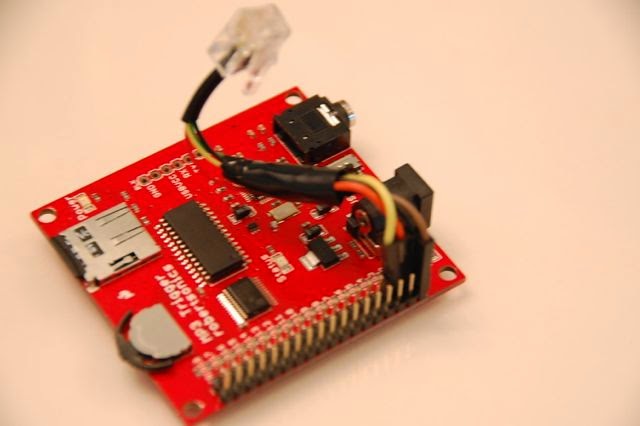My friend had never decorated a cake, so I think she was a bit skeptical when I told her that I was going to help her kids make her a special birthday cake. She has a 6-year old daughter and a 10-year old son, so we needed to do a cake that would be fun for everyone. PvZ!!
I gave them the Wilton Daisy Flower pan, plus a few Wilton decorating tips, a box of disposable decorator bags, a 4-color box of food colors, a tube of the Wilton chocolate decorator icing, and a coupler ring. I also had some leftover fondant that we used.
We used a regular box cake mix in the flower pan. The 6 year old was able to mix the batter easily - we did have her crack the eggs into a separate bowl to make sure we didn't have shells, but she did that perfectly! The cake took around 28 minutes to bake.
While the cake was cooling, the kids made zombies from the fondant. They had a wonderful time with this! We looked at the zombie pictures online, but then used our own creativity, working with the fondant colors that I'd had. I made the requisite pea shooter.
When the cake was cool, we placed it on a large cutting board, and I helped the kids make a batch of standard buttercream icing. (See the recipe in the menu on the right.) We made the icing a little softer than usual by adding an extra 2 Tablespoons of milk, to make the decorating a little easier and faster.
I used Wilton tip 5 (round) with the coupler ring on the tube of chocolate icing to define the center circle and petals of the sunflower. We colored 1/4 of the buttercream "mauve" and the kids used tip 224 (drop flower) to decorate the center of the flower. We colored 1/2 of the buttercream "goldenrod" yellow, and the kids used tip 18 (open star) to fill in the petals. (Everyone took turns filling in the petals - me, mom, dad, even the nanny!) We colored the remaining 1/4 buttercream "moss" and used a knife to lightly ice the edges of the cake. (Ideally you would do this first, but the kids were anxious to do the top, so that's what we did.)
We positioned the zombies around the sunflower - move them carefully using a flat spatula (the kind you use to turn pancakes). I used tip 3 (round) to write "happy birthday mom" for the kids on the cutting board, and the chocolate (with tip 5 still attached) to put the eyes and smile on the flower. The kids used tip 233 (multi-opening) to make the flower stem and the grass under the zombies.
Start to finish the project took a couple of hours and the kids did the vast majority of the work, with a little coaching. When it was done, we sang happy birthday to mom, and dug in!
Note - work from the center out, and be sure to turn the cutting board as the kids decorate, so that they not piping icing across the cake. This avoids "smudges" if they brush the cake with their hands or the bag as they are working.











